1. Introduction
Master the Hiking 10 Essentials to stay safe, prepared, and confident on every outdoor adventure. Hiking is a rewarding adventure that allows you to connect with nature, challenge yourself, and explore breathtaking landscapes. However, even the most experienced hikers know the outdoors can be unpredictable. To ensure a safe and enjoyable journey, being prepared is essential. This is where the “Ten Essentials” come into play—a list of must-have items designed to equip hikers for emergencies, unexpected weather changes, and the demands of the trail.
The “Ten Essentials” concept originated in the 1930s and was introduced by The Mountaineers, a Seattle-based outdoor recreation organization. Initially designed as a checklist to help climbers and hikers be self-sufficient in the wilderness, the list has evolved over the years to adapt to modern gear and technology. Despite these updates, its core purpose remains the same: to promote safety and preparedness.
Every hiker, from beginners tackling local trails to seasoned adventurers exploring remote peaks, should know and carry these essentials. They’re not just for emergencies; they also enhance your hiking experience by ensuring you’re ready for any challenge the trail may present. In this guide, we’ll dive into each of the ten essentials, helping you understand their importance and how to pack them effectively for your next adventure.
2. What Are the 10 Hiking Essentials?
The 10 Hiking Essentials is a time-tested checklist designed to help hikers stay safe, navigate effectively, and prepare for emergencies on the trail. Created by The Mountaineers in the 1930s, this list has evolved to include modern gear while maintaining its core focus on outdoor safety and self-sufficiency.
The hiking 10 essentials cover key areas like navigation, protection, and sustenance, ensuring that hikers are ready to handle unexpected challenges such as sudden weather changes, getting lost, or sustaining an injury. This list includes navigation tools, illumination, sun protection, first aid supplies, a knife or multi-tool, fire-starting materials, emergency shelter, extra food, extra water with filtration options, and extra clothing.
Each item contributes to a specific aspect of preparedness. For example, navigation tools like a map, compass, or GPS keep you on course, while sun protection prevents harmful UV exposure. Fire starters and emergency shelters become crucial for unexpected overnight stays. Carrying extra food, water, and layers ensures you’re ready for extended time on the trail.
By understanding and carrying the 10 Hiking Essentials, hikers can embark on their adventures with confidence, knowing they’re equipped to handle the unpredictable nature of the outdoors.
3. The Hiking Essentials Explained
3.1. Navigation Tools:
Navigation tools are essential for staying on course during a hike and ensuring you can find your way back safely. Traditional tools like a map and compass are reliable and don’t rely on batteries or signals, making them ideal for remote areas. Modern options, such as GPS devices and smartphone apps, offer convenience and detailed information but require charged batteries and good reception.
To use navigation tools effectively, always familiarize yourself with the trail map and key landmarks before setting out. Practice using a compass and GPS, and carry backup batteries or a power bank for electronic devices. Combining traditional and modern tools ensures reliable navigation.
3.2. Headlamp or Flashlight:
A reliable light source is a must-have for any hiking trip, whether you’re planning a daytime hike or an overnight adventure. Headlamps and flashlights are essential for navigating low-light conditions, such as during early morning starts, unexpected delays, or emergencies after sunset.
Headlamps are particularly convenient because they leave your hands free for tasks like climbing, setting up camp, or consulting a map. Flashlights, while handheld, can offer higher brightness and durability depending on the model.
To ensure reliability, choose a device with a strong, adjustable beam and weather resistance. Always carry extra batteries or a fully charged power bank to avoid being caught without light when you need it most.
3.3. Sun Protection:
Sun protection is crucial for safeguarding your skin and eyes from harmful UV rays during hikes. Prolonged exposure to the sun can lead to sunburn, eye damage, and long-term health risks like skin cancer.
Always wear UV-protective sunglasses to shield your eyes from glare and harmful rays. Apply a broad-spectrum sunscreen with an SPF of 30 or higher, and reapply every two hours, especially if you’re sweating or at higher altitudes. Opt for protective clothing like long-sleeved shirts, wide-brimmed hats, and lightweight, moisture-wicking fabrics to cover exposed skin. Proper sun protection ensures a comfortable and safe hiking experience.
3.4. First Aid Supplies:
Carrying first aid supplies is essential for treating injuries and managing emergencies on the trail. A basic kit should include adhesive bandages for cuts and blisters, antiseptic wipes to clean wounds, and gauze pads for larger injuries. Pain relievers, anti-inflammatory medication, and antihistamines help address discomfort and allergic reactions.
Other crucial items include medical tape, tweezers for splinter removal, and gloves to maintain hygiene. For more extensive hikes, consider adding blister care, splints, and electrolytes. A well-stocked first aid kit allows you to handle minor injuries promptly and effectively, ensuring safety and peace of mind on your hike.
3.5. Knife or Multi-Tool:
A knife or multi-tool is a versatile and indispensable item for any hiker. It serves multiple purposes, from cutting rope or fabric for repairs to preparing food on the trail. In emergencies, a knife can be used to create kindling for fire, cut bandages, or even aid in self-defense if needed.
Multi-tools take functionality a step further by incorporating additional features like screwdrivers, scissors, and bottle openers, making them ideal for gear adjustments and small fixes. Lightweight and compact, these tools are easy to carry and ensure you’re prepared for various challenges that might arise during your outdoor adventure.
3.6. Fire Starter:
A reliable fire starter is critical hiking essential, especially in emergencies where warmth, cooking, or signaling is necessary. Common options include waterproof matches, windproof lighters, and fire-starting materials like tinder or firestarter cubes.
Waterproof matches and lighters are lightweight and easy to carry, providing a quick way to ignite a fire in various weather conditions. Pair them with dry tinder or firestarter materials to ensure a flame even in damp environments.
Always pack multiple fire-starting tools in case one fails, and practice using them before your hike. With a reliable fire starter, you’re prepared for survival situations and unexpected overnight stays.
3.7. Shelter:
Emergency shelter is vital hiking essential, protecting the elements if you’re stranded or forced to stay overnight. Lightweight options like bivy sacks, emergency blankets, and ultralight tents are compact and easy to carry, ensuring you’re prepared without adding significant weight to your pack.
A bivy sack offers immediate insulation and protection from wind and rain, while emergency blankets reflect body heat to prevent hypothermia. For multi-day or planned overnight hikes, a lightweight tent provides comfort and full weather protection.
Carrying an appropriate shelter ensures safety in unexpected situations, allowing you to stay warm and dry until help arrives.
3.8. Extra Food:
Carrying extra food is essential for maintaining energy levels during a hike, especially on longer treks or in case of unexpected delays. High-calorie, non-perishable items like energy bars, trail mixes, dried fruits, and nuts are ideal because they provide quick energy without the need for refrigeration.
These foods are lightweight, compact, and require no preparation, making them easy to eat on the go. Having extra food ensures you can stay fueled throughout your hike and are prepared if you need to extend your adventure due to unforeseen circumstances. Always pack enough to cover unexpected delays or emergencies.
3.9. Extra Water and Filtration:
Staying hydrated is crucial for maintaining energy and preventing dehydration, especially on longer hikes or in hot weather. Always carry extra water in durable bottles or hydration systems to ensure you have enough for the entire trek.
Portable filtration options, such as water filters or purification tablets, are essential for refilling your water supply from streams or natural sources along the trail. These compact and lightweight tools ensure your water is safe to drink, reducing the need to carry large amounts. Proper hydration and reliable filtration help you stay healthy and energized throughout your hike.
3.10. Extra Clothes:
Carrying extra clothes is essential for staying comfortable and safe in varying weather conditions. Layering is key: start with moisture-wicking base layers to keep sweat away from your skin, followed by an insulating layer like fleece for warmth. A waterproof and windproof outer layer helps protect against rain and cold winds.
Pack an extra set of socks and gloves to prevent discomfort and hypothermia in case they get wet. In emergencies, extra clothing can provide warmth and protection, ensuring you’re prepared for sudden weather changes or an unexpected overnight stay. Proper layering is vital for maintaining body temperature and safety.
4. Why the 10 Hiking Essentials Are Non-Negotiable
The hiking 10 essentials form a crucial part of responsible hiking and outdoor safety. These essentials prepare hikers for unforeseen circumstances where even small mistakes can lead to serious consequences. Real-life scenarios demonstrate how these items directly impact safety and survival.
Navigation tools like maps and compasses, a key part of the hiking 10 essentials, help hikers find their way back to safety when they lose their path. Headlamps guide hikers through unexpected nightfall or emergencies, while first aid supplies treat injuries on the trail, preventing infections or worsening conditions.
In remote or high-risk environments, fire starters, shelter, and extra food and water from the hiking 10 essentials ensure survival during injuries, bad weather, or overnight delays in the wilderness. With the right gear, hikers handle challenges like unexpected weather, delays, or health issues with confidence.
The hiking 10 essentials equip hikers to face the unpredictable outdoors, adapt to challenges, and stay safe in emergencies. They are non-negotiable tools for every hiker, enabling safe and responsible navigation in the wild. By carrying these items, you ensure that you are prepared for any adventure, enhancing both safety and enjoyment on the trail.
5. Tips for Packing and Organizing the 10 Hiking Essentials
Packing the 10 Essentials efficiently ensures quick access to your gear without overloading your backpack. Organize items into categories like navigation tools, safety and emergency gear, hydration and food, and extra clothing. Store these in separate pouches or ziplock bags to keep them organized and prevent shifting during the hike.
Place frequently used items, such as your map, compass, or headlamp, at the top of your bag or in external pockets for easy access. Position heavier items, like extra food and water, close to your back to distribute weight evenly.
Choose lightweight, multifunctional gear to save space and reduce load. A multi-tool with a knife, screwdriver, and bottle opener serves multiple purposes while minimizing bulk. A rechargeable headlamp doubles as a flashlight and backup power source, maximizing utility.
Use a hydration system or lightweight water bottles that you can reach while moving. Pack a compact, lightweight emergency shelter for unexpected situations. Select packable, versatile clothing, such as moisture-wicking layers, to handle changing weather conditions.
By organizing and packing your gear effectively, you ensure that the 10 Essentials remain accessible and ready, keeping you safe and prepared for any challenges on the trail.
6. Tailoring the 10 Essentials for Your Hike
The 10 Essentials are universally important, but their specific contents and quantities depend on the hike’s length, location, and weather conditions. Customizing your gear ensures you prepare for the unique challenges of each adventure.
For short hikes or day trips, carry a lighter version of the 10 Essentials. A small first aid kit, compact snacks, and a single water bottle often meet the needs of these outings. For longer treks or multi-day hikes, pack extra food, water, and appropriate clothing to handle prolonged exposure to the elements. Include a lightweight shelter or bivy sack for emergencies.
In remote or high-altitude locations, plan for increased risks of weather changes or physical strain. Bring extra layers, a more durable shelter, and additional sun protection. Add a GPS device or satellite communicator to stay safe in case of emergencies.
When hiking solo, fully stock your 10 Essentials to cover every aspect of your safety. A multi-tool, fire starter, and comprehensive first aid kit become even more critical. For group hikes, distribute items like water filters or a first aid kit to reduce individual weight and ensure everyone remains prepared for emergencies.
By customizing your 10 Essentials, you stay ready for any situation, making your hike both safer and more enjoyable.
7. Conclusion
Carrying the 10 Essentials is crucial for every hike, regardless of the trail’s length or difficulty. These essentials ensure you stay safe, remain prepared, and handle unexpected situations on the trail. Selecting the right gear for each essential enhances your hiking experience and protects you during emergencies.
Whether you’re a beginner or an experienced hiker, choose gear that meets your needs and fits your budget. Basic navigation tools like a map and compass work well for short hikes, while GPS devices prove essential for longer, more remote adventures. Similarly, a compact first aid kit and a reliable headlamp can make a significant difference during emergencies.
Prioritize lightweight, versatile gear to stay mobile and safe. For sun protection, use high-quality sunscreen, sunglasses, and protective clothing. Remember to pack extra food, water, and layers of clothing, especially for extended hikes.
If you’re planning your next adventure, consider the Bethanchowk Hiking experience, a perfect blend of nature and challenge. Learn more here. At Trekking Routes, we focus on safety and preparedness in all our treks, ensuring you gear up effectively for every adventure. Explore our expertly planned hiking routes and learn more tips for a safe, enjoyable trekking experience. Pack the right gear, hit the trail, and hike with confidence!
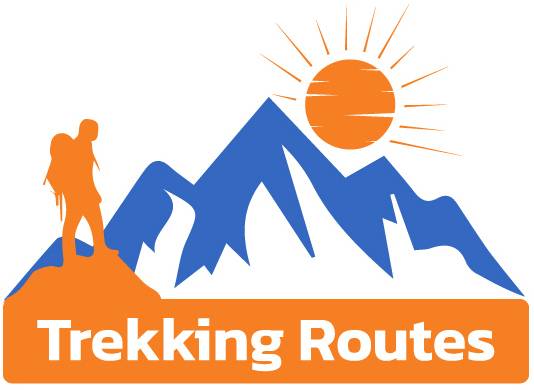

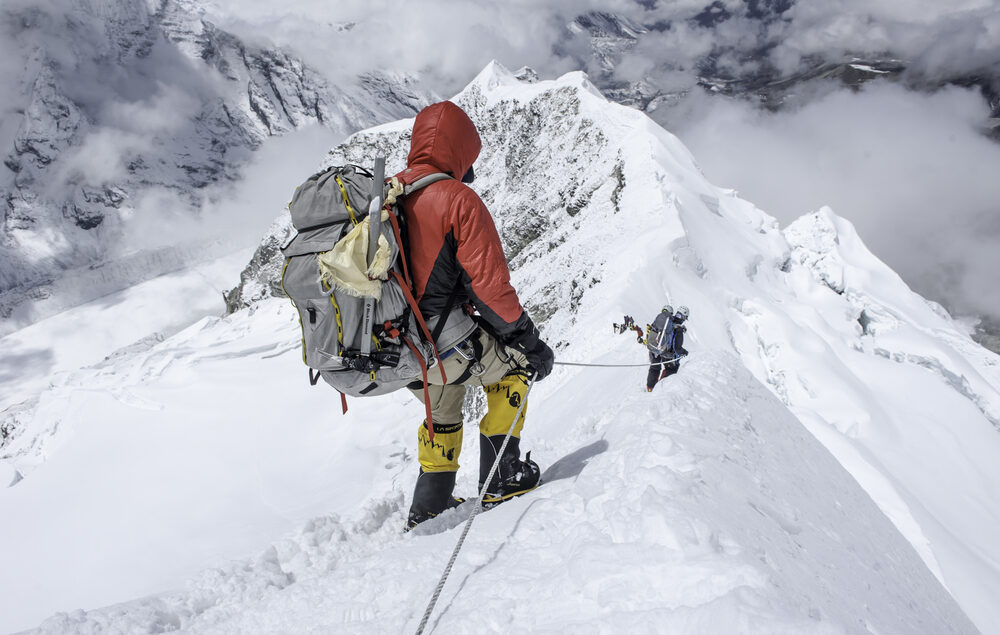
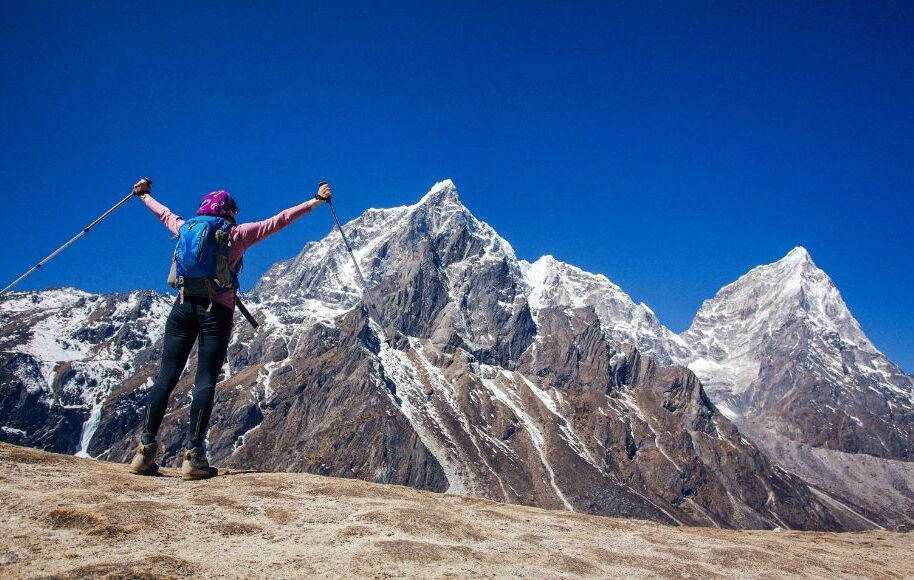
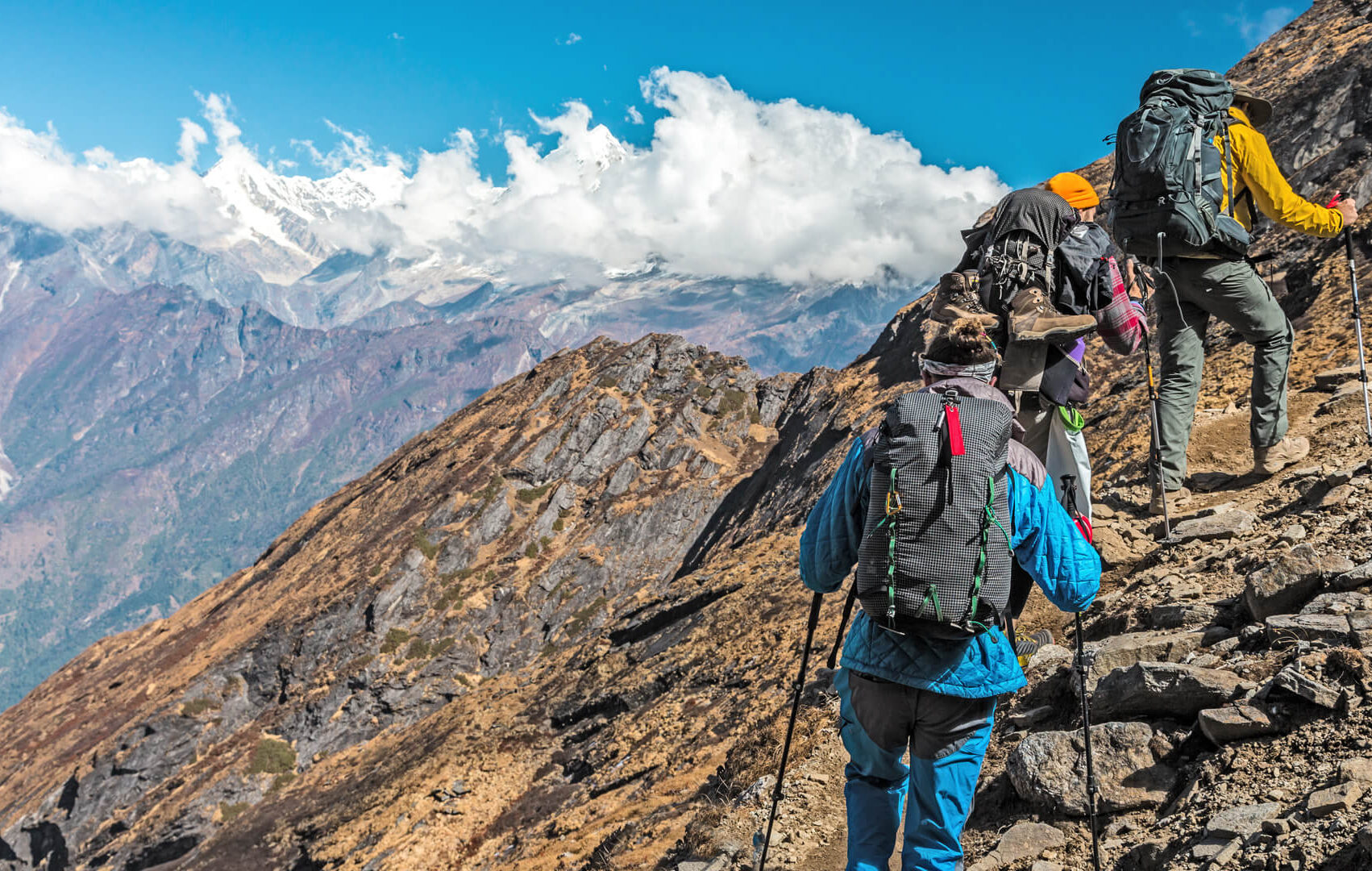
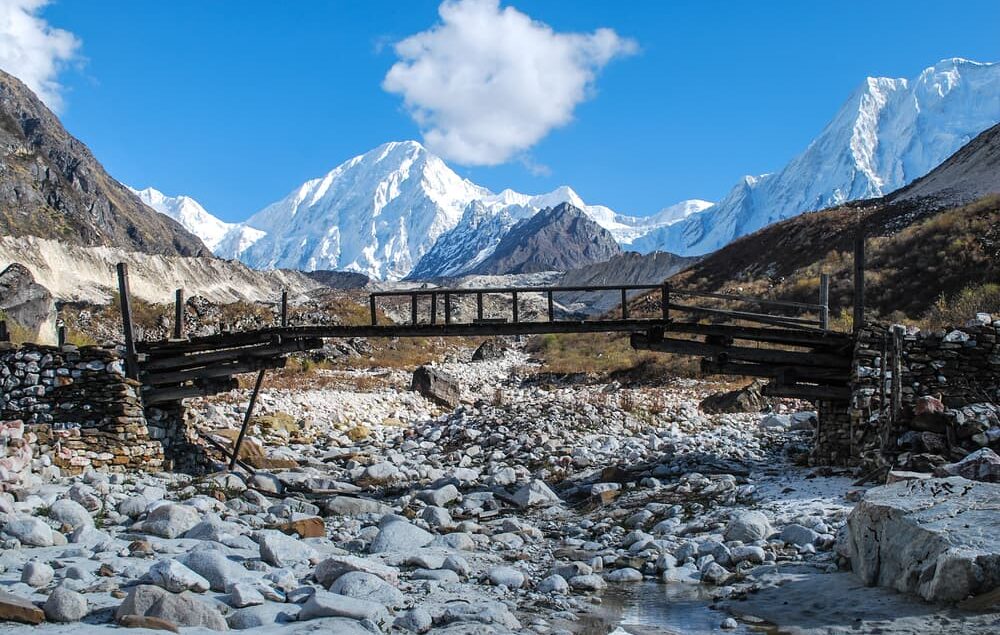
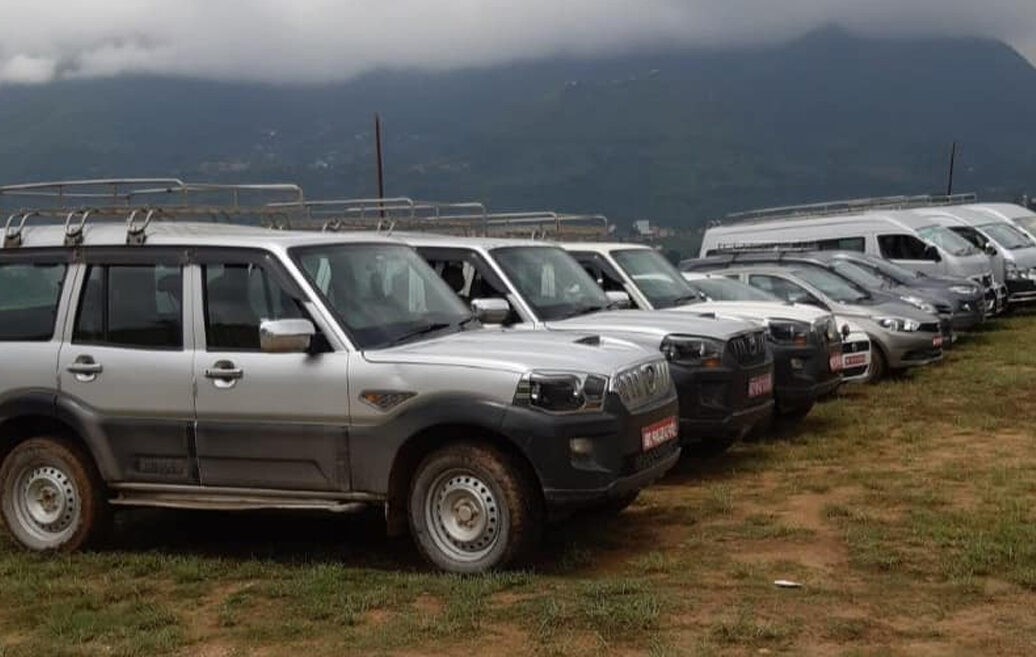
0 Comments